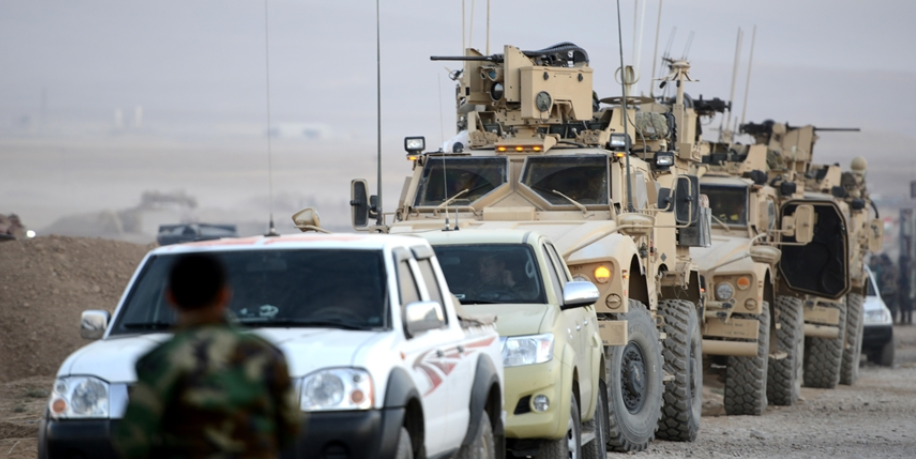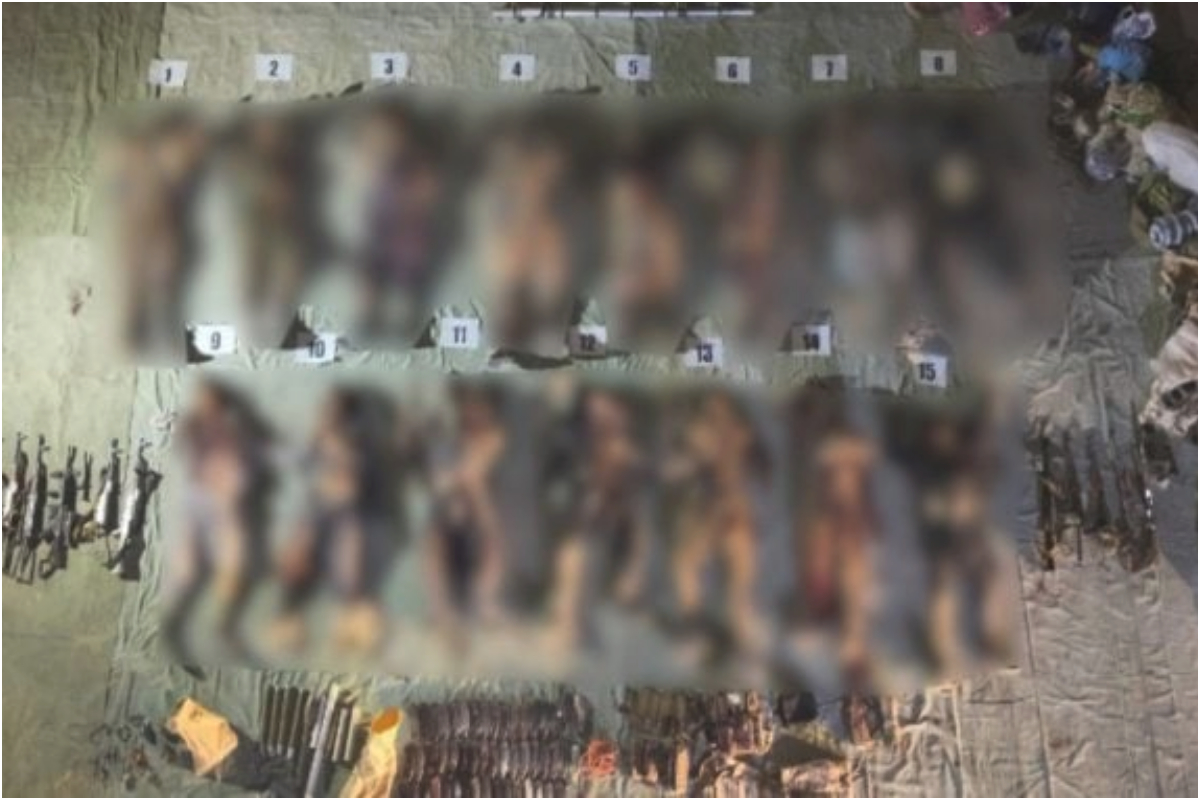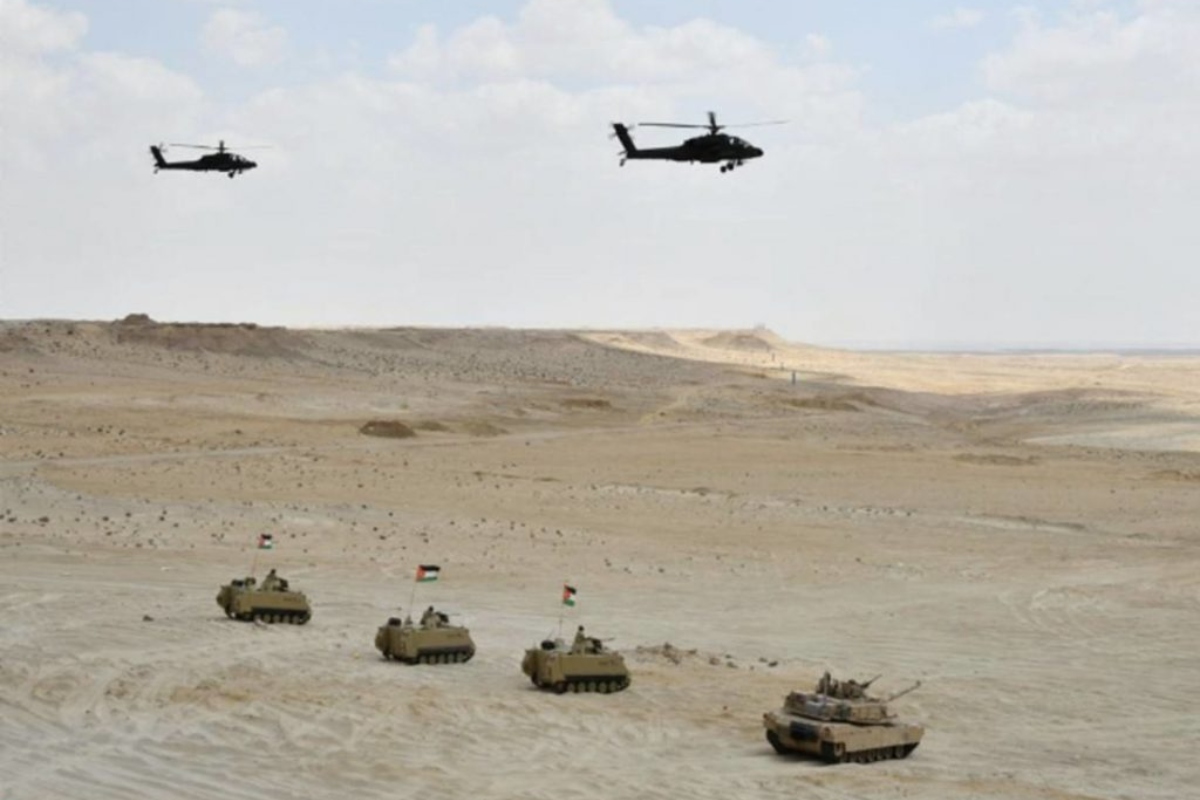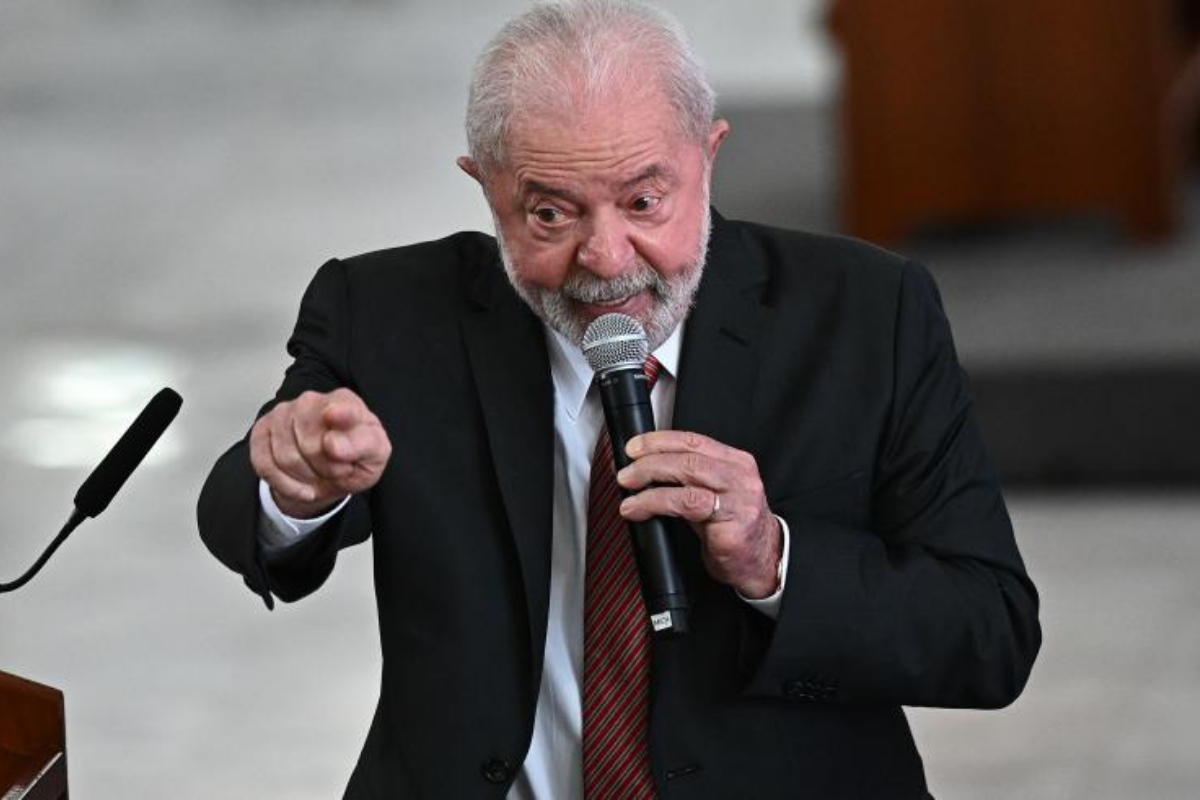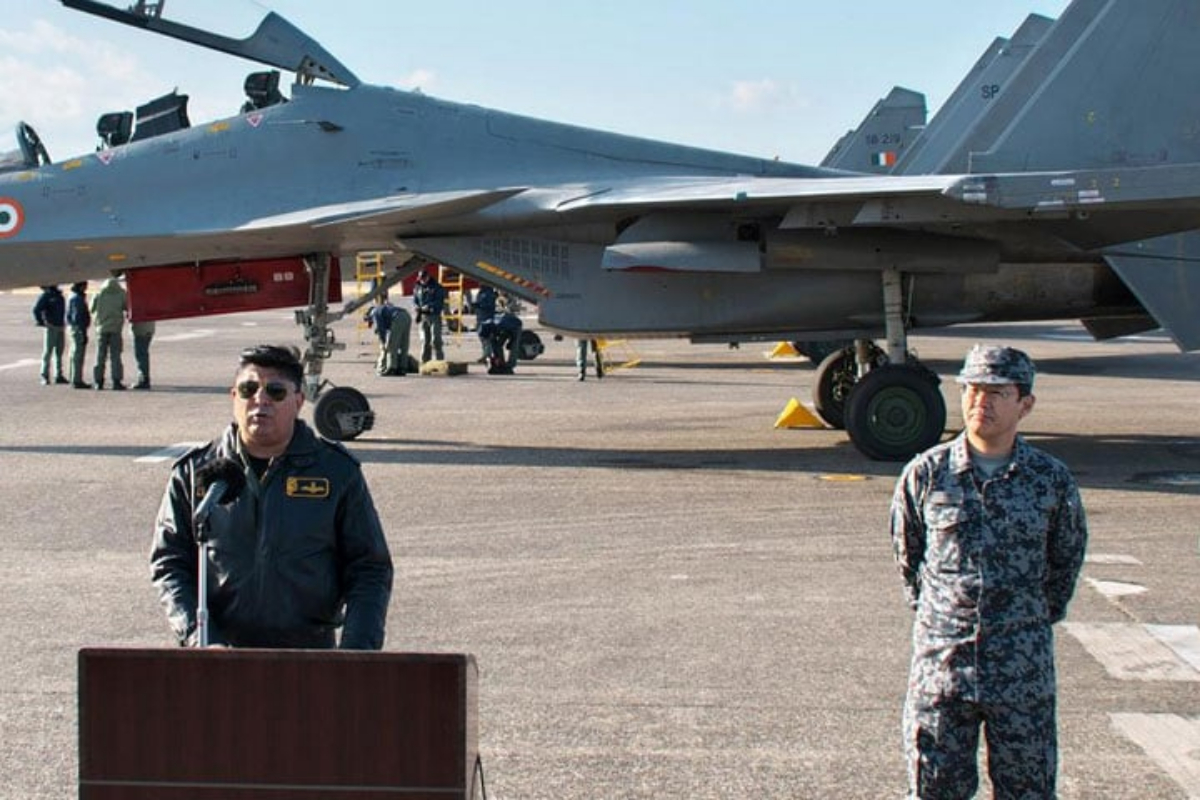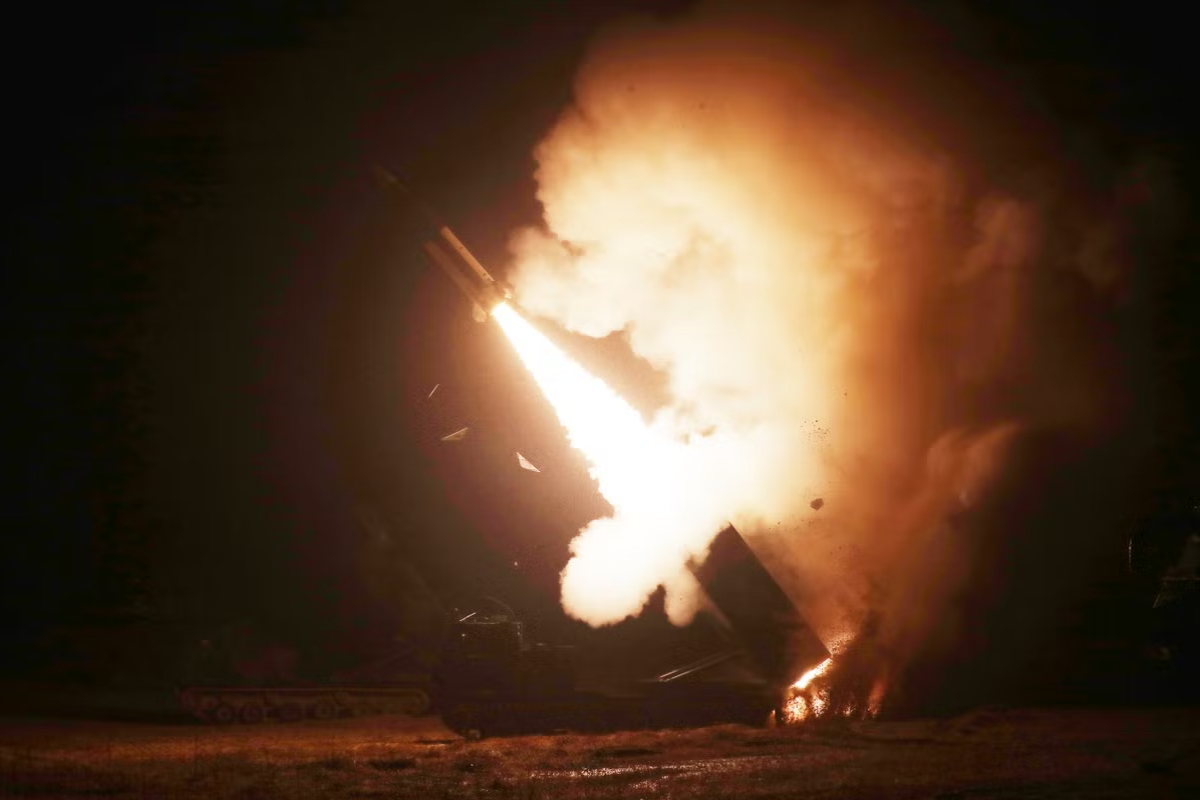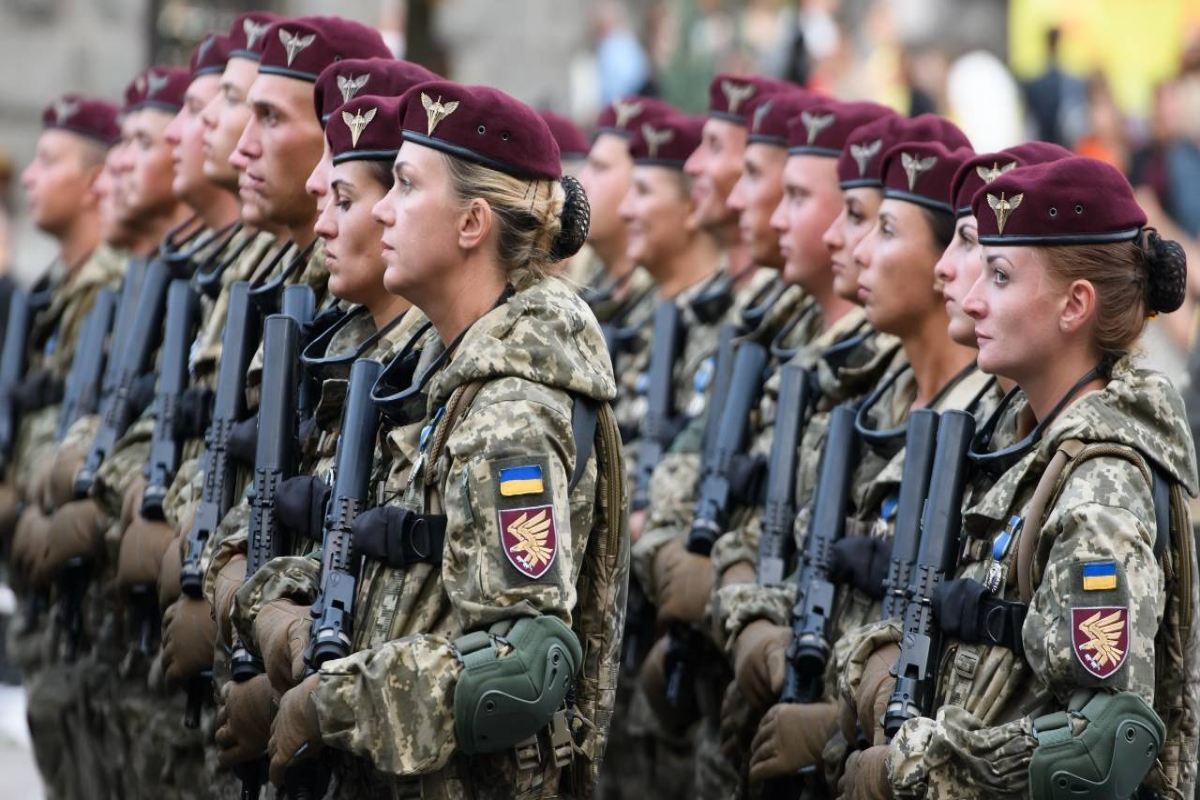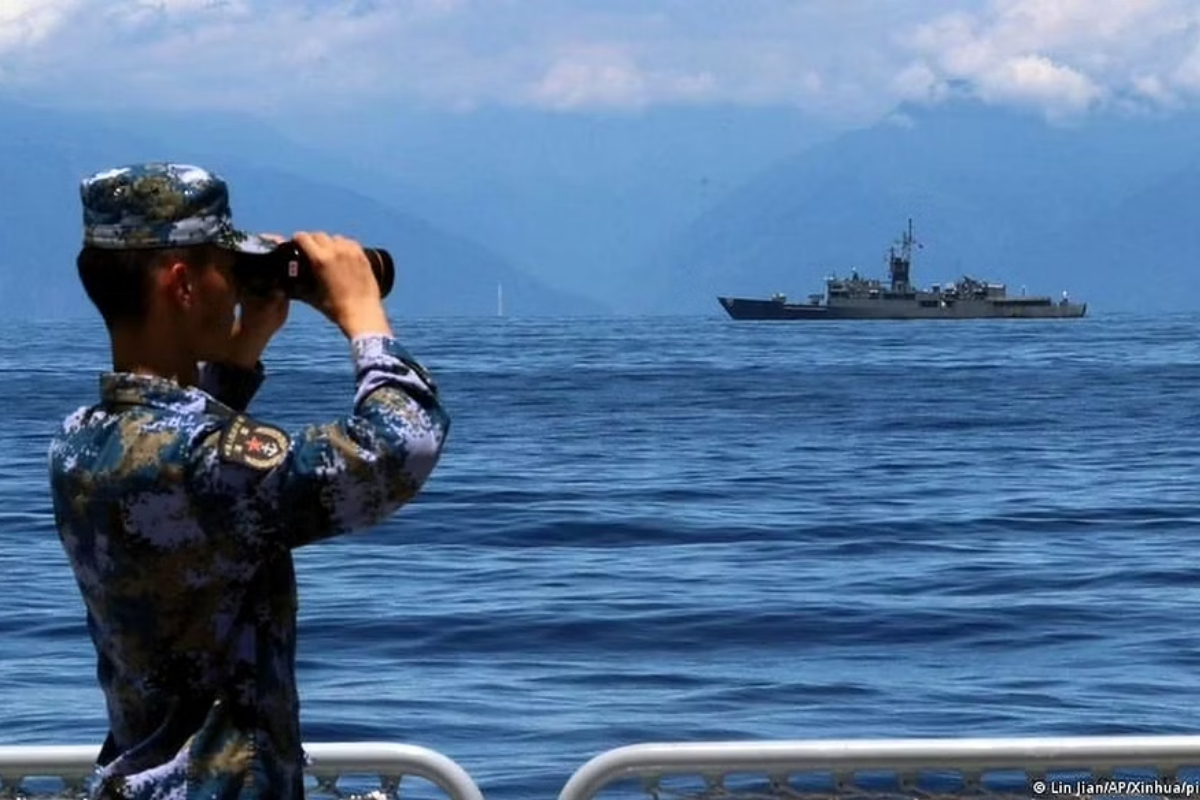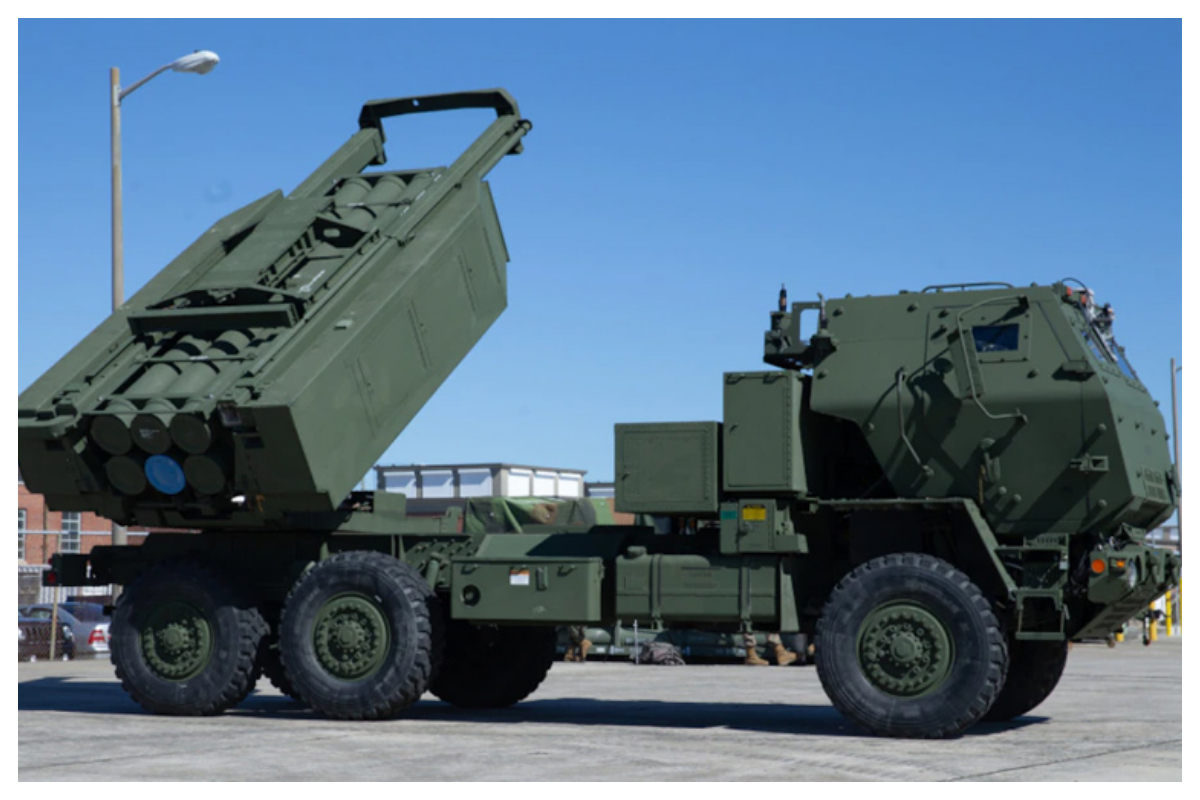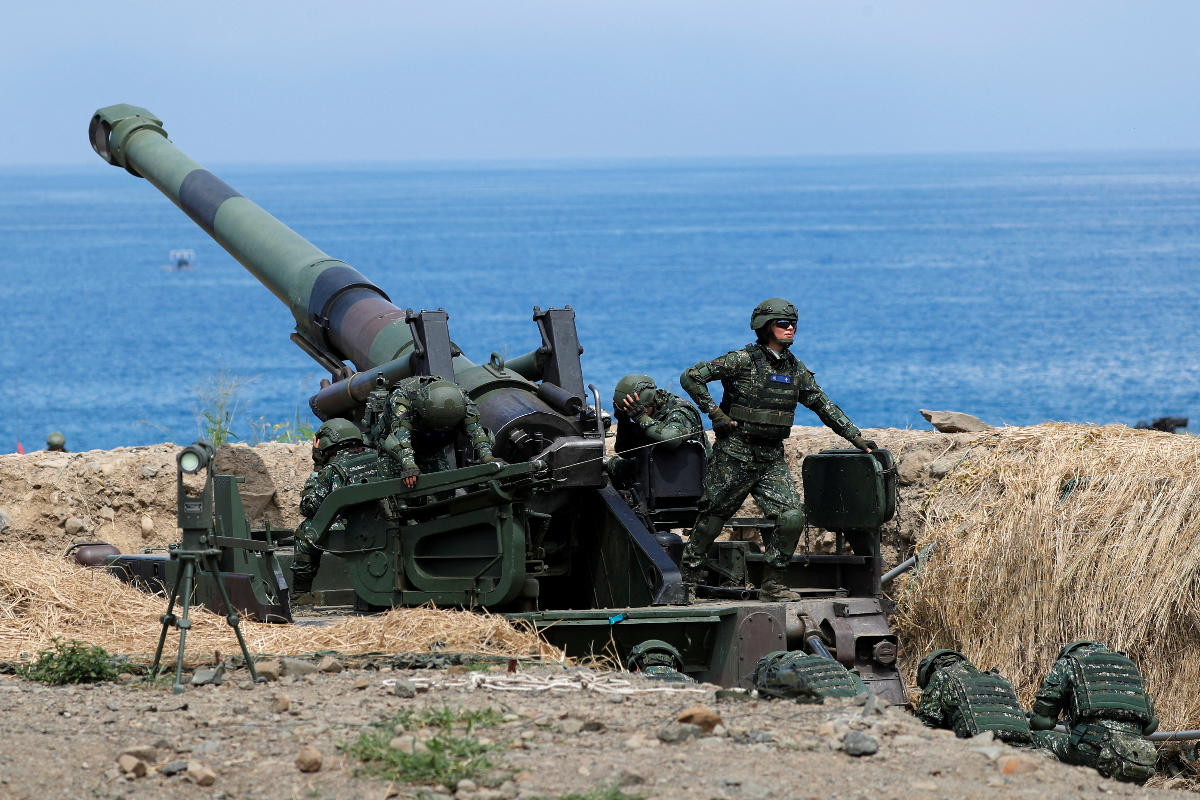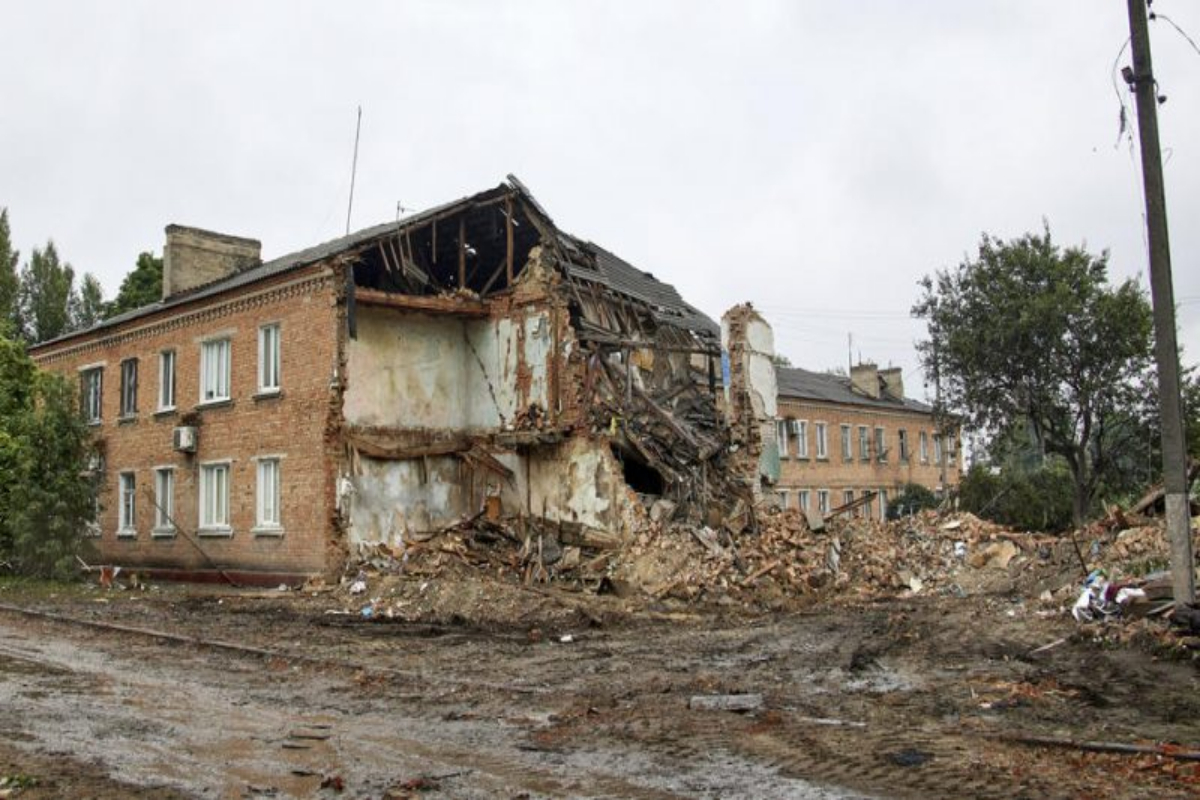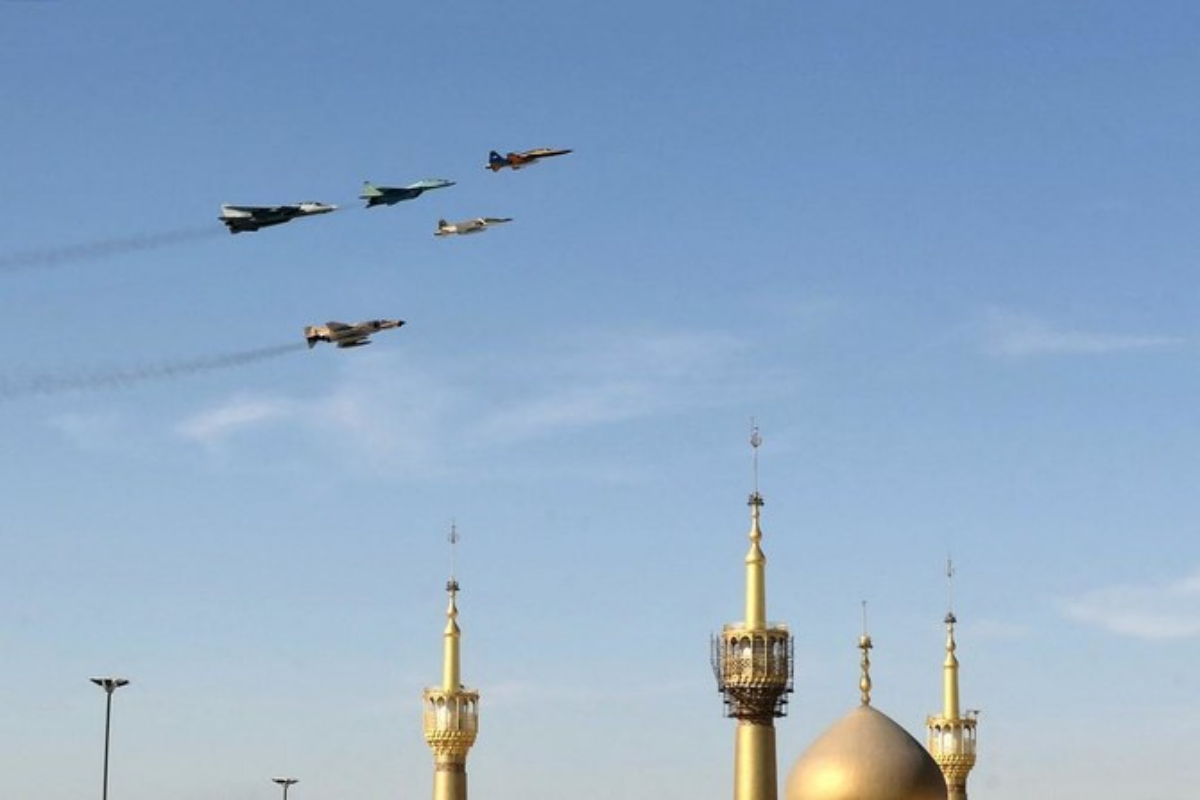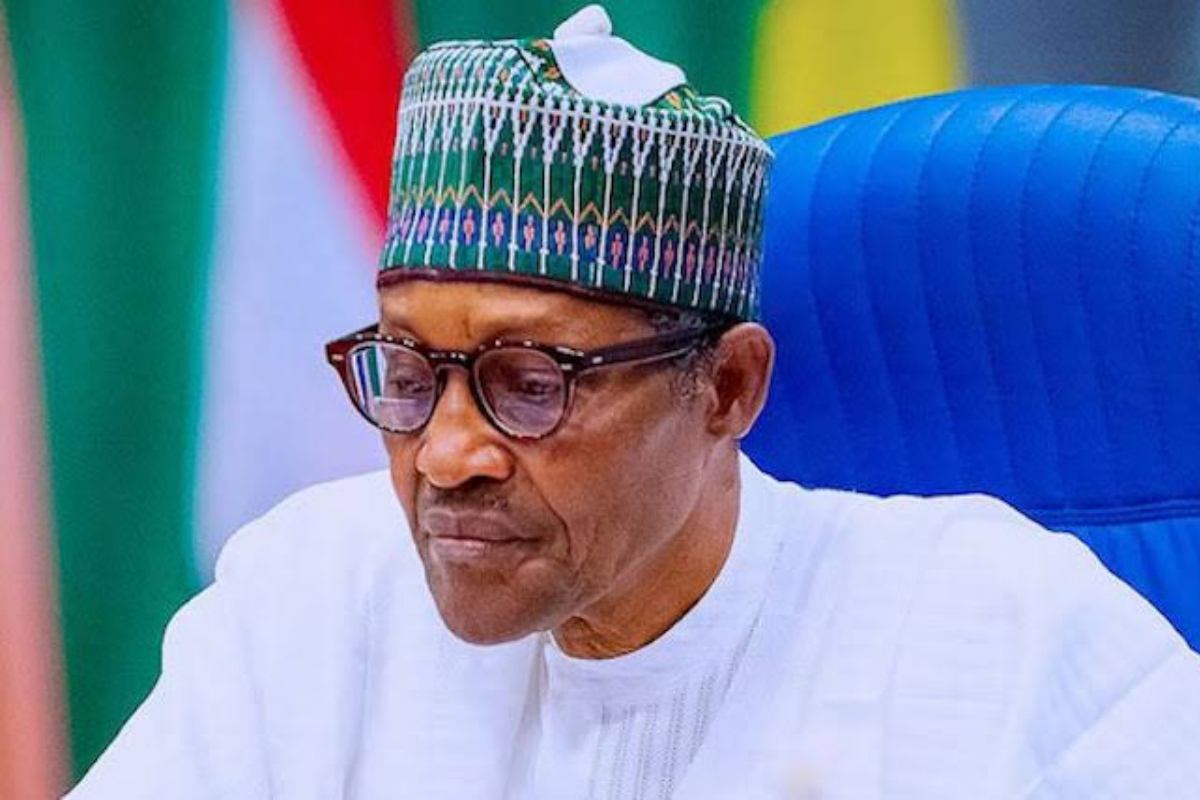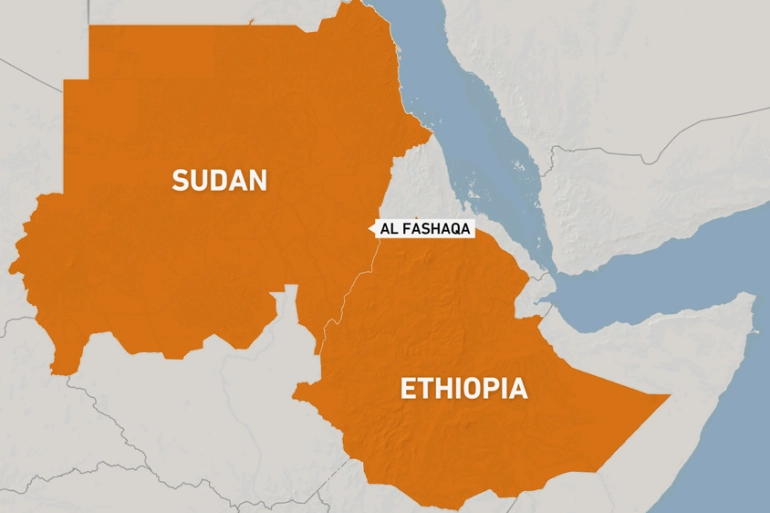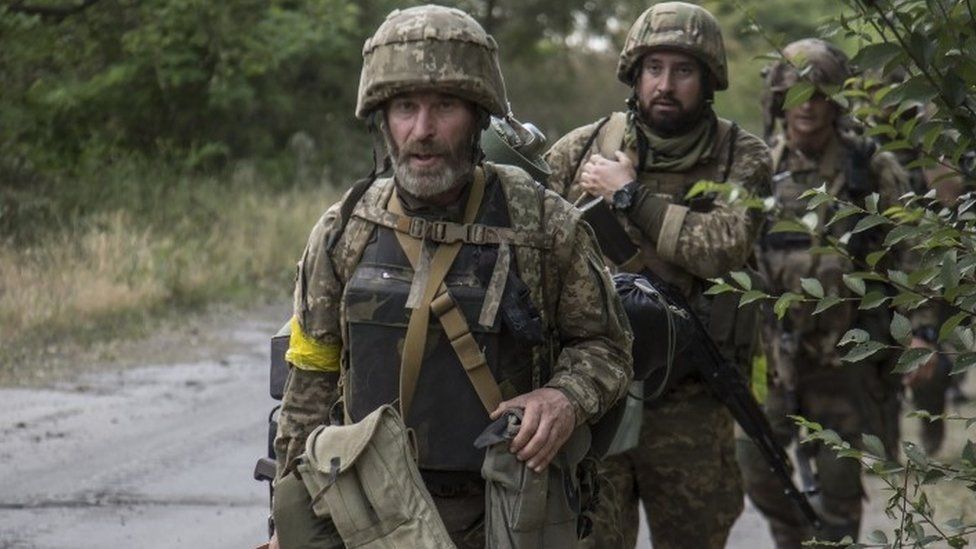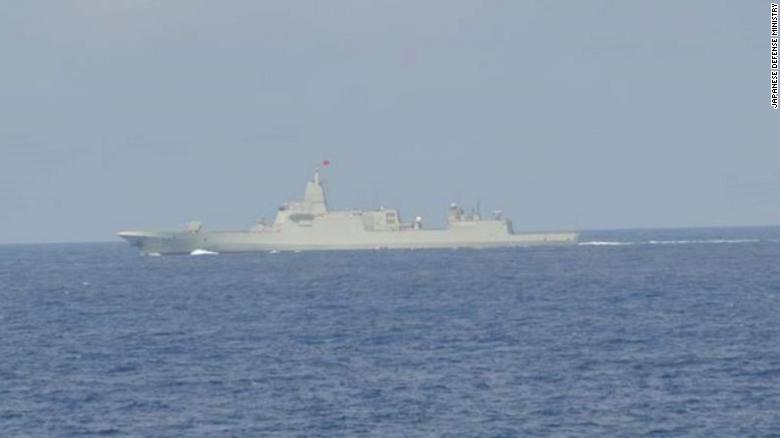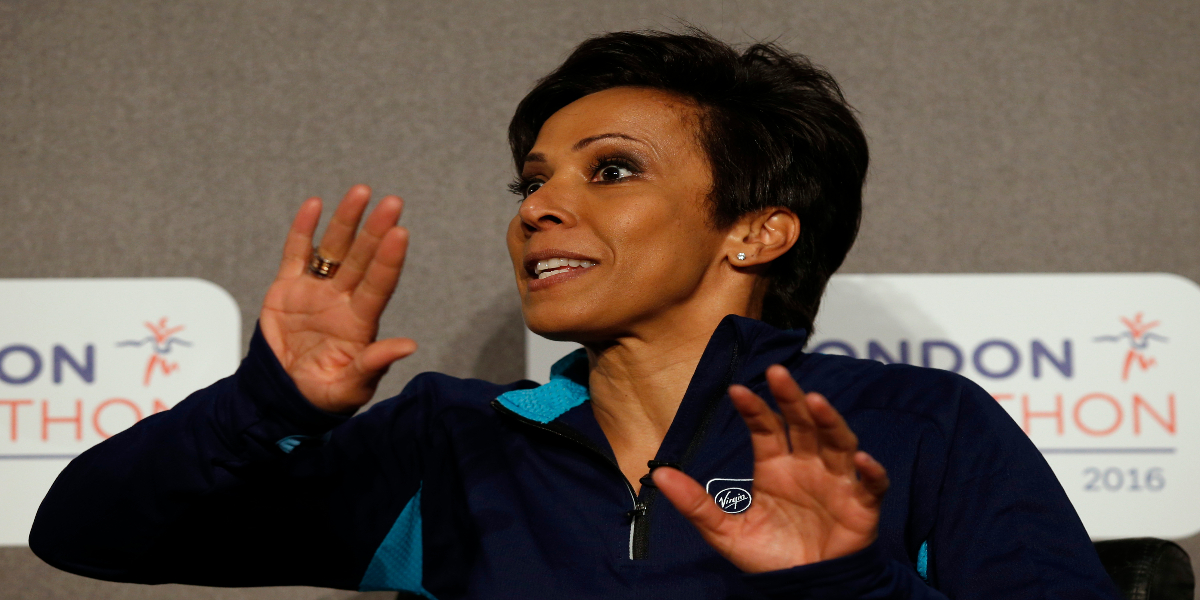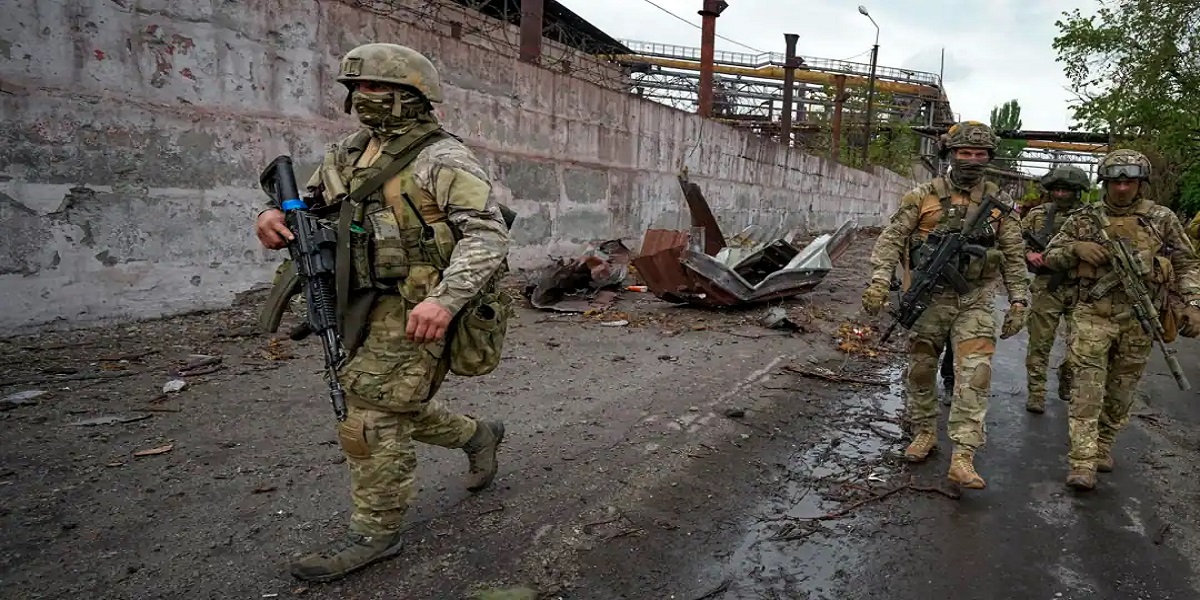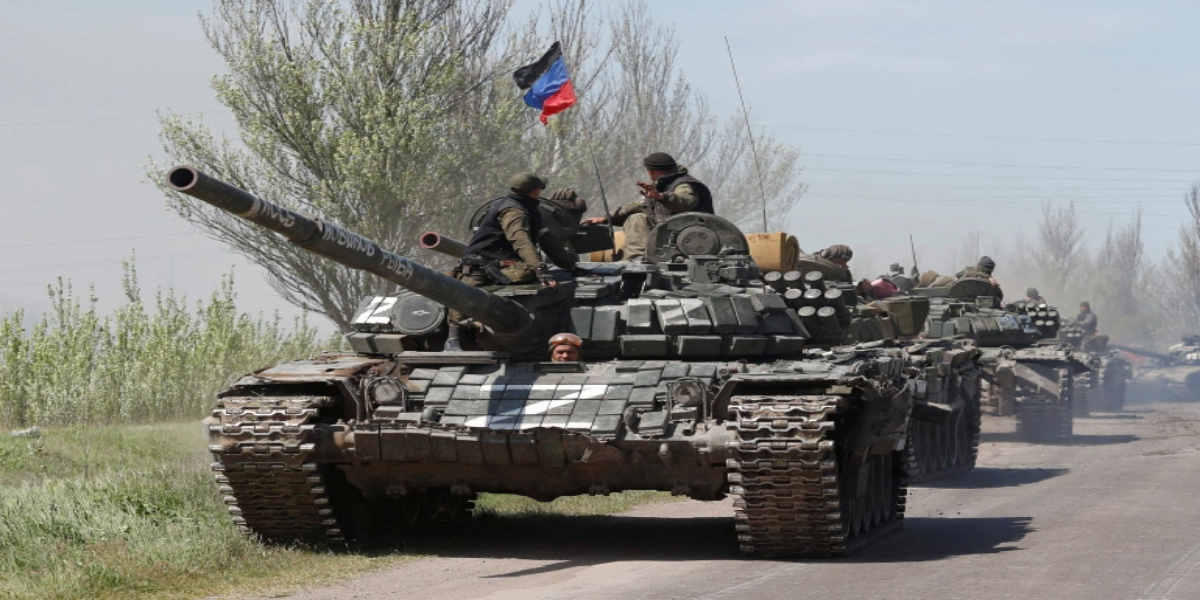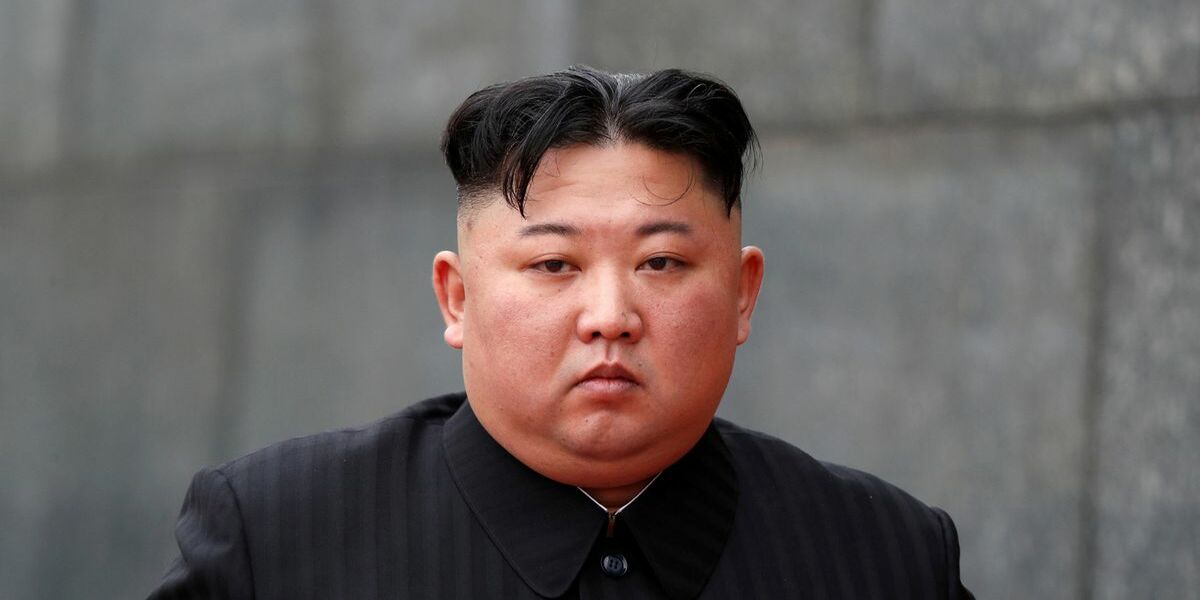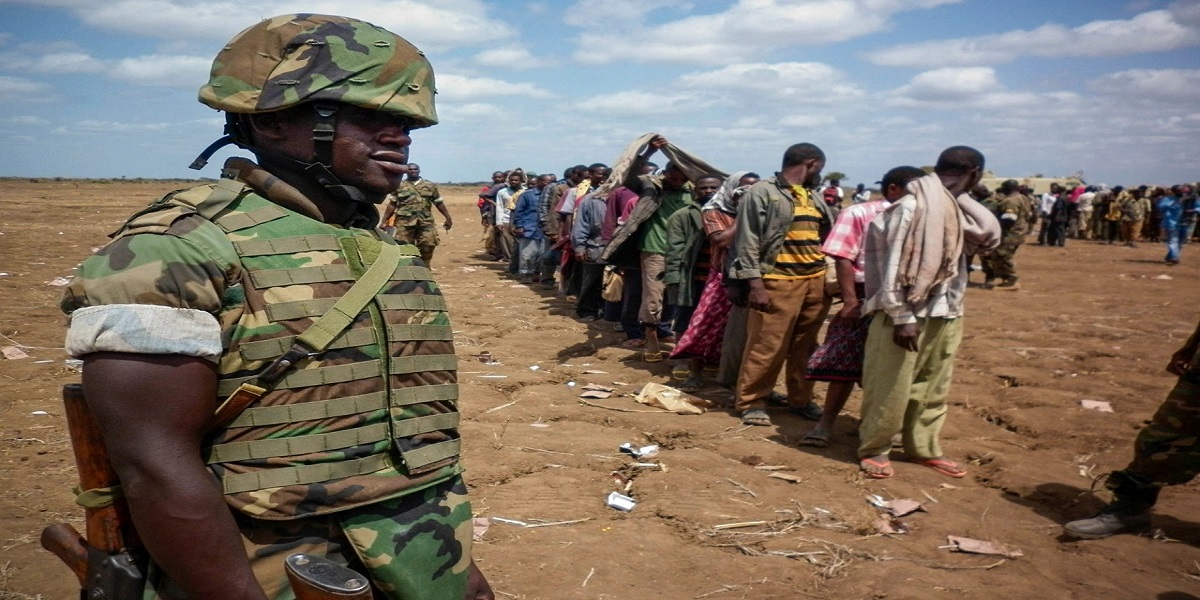- Taiwan is about 100 miles from China and roughly the size of Maryland. Any invasion would be more akin to the brutal Allied WWII landings on Normandy than the swift victory of Operation Desert Storm.
- The United States scrapped a plan to invade Taiwan in 1944 because it was deemed too costly.
- A successful landing for China would be a Pyrrhic victory, observers say. Expert: “Xi Jinping could have a god complex that blinds him to the terrible risks” of an invasion.
Taiwan’s KAOHSIUNG CITY Taiwan could be invaded by China. Its military forces dwarf those of the island nation, but any invasion would be more akin to the brutal Allied WWII landings on Normandy than the swift victory of Operation Desert Storm in the first Gulf War in 1991.
Taiwan, about 100 miles from China and roughly the size of Maryland, is not only surrounded by a protective watery moat, but it also has geographic features that make it an extremely poor candidate for an invasion – no matter how powerful that invading force might be.
Observers point out that the United States military scrapped Operation Causeway, a plan to invade Taiwan (then a Japanese colony known as Formosa), in 1944 because it was deemed too costly. Military planners in the United States concluded that invading and holding Formosa would necessitate a total American assault force of half a million men. The Pentagon calculated the number of US casualties expected from an invasion and subsequent mountain, jungle, and urban fighting and came up with a staggering figure of up to 150,000.
Taiwan has been preparing for an invasion since the 1950s, and as a result, it has a strong intelligence apparatus, troops trained for the sole purpose of repelling Chinese forces, plenty of powerful modern military hardware, and formidable defensives in place along every possible landing area. Because of the hilly terrain, the People’s Liberation Army (PLA) troops would face pulverising firepower raining down from heavily fortified defensive positions.
IN A STAND-OFF WITH CHINA, REPUBLICANS ARE READY TO PASS A BILL TO LEASE TAIWAN WEAPONS.
China threatens Pelosi over her potential trip to Taiwan.
Observers believe that China would not simply bomb Taiwan into submission; however, while cruise missile attacks on Taiwanese military targets are a real concern, Beijing is thought to prefer to keep Taiwan’s infrastructure – particularly anything related to the semiconductor industry – relatively unscathed.
Semiconductors are essential components in everything from weapons systems to automobiles, and Taiwan is the world’s largest producer. Taiwan, according to market research firm TrendForce, “dominates the world’s semiconductor manufacturing industry, controlling 48 percent of the foundry market and 61 percent of the world’s capacity to build at 16nm (nanometer) or better.”
Furthermore, while scare tactics are effective, China’s military leaders are aware that indiscriminate bombings will inevitably kill civilians. Such assassinations have the potential to turn generations of Taiwanese into mortal enemies rather than people who may, albeit reluctantly, come to accept a return to the “embrace of the Motherland.” Taiwan also has missiles, some of which it claims can reach Beijing.
Kitsch Liao, a military and cyber affairs consultant with Taipei-based Doublethink Lab who has also investigated China’s invasion scenarios, told Fox News Digital that, aside from terrain and the fact that the Taiwan Strait is only relatively calm enough for a reasonably safe crossing by a navy, people often overlook simple logistics. “Typically, any military unit carries no more than three days’ worth of supplies,” Liao says, “which means they have to be resupplied or scrounge whatever they can from the field.”
Liao observes that ammunition is heavy, bulky, and quickly depleted. The PLA cannot use ammunition captured from Taiwan, except on an ad hoc basis. “This means they’ll have to bring a massive amount of equipment,” Liao says.
“A successful landing for China would be a Pyrrhic victory.” Far from completing their missions, the amphibious landing ships may be required to transit the Taiwan Strait (becoming extremely vulnerable and lucrative targets) in order to supply onshore forces, according to Liao.
Invading Taiwan would be a painfully bad idea, but the realities of such an invasion, according to some observers, would be a last resort rather than a first option.
Many military experts and China watchers agree that “strangulation” scenarios, such as a quarantine blockade, would be far more effective than killing potentially hundreds of thousands of Chinese soldiers and then committing a million troops to pacify Taiwan.
“Xi Jinping could have a god complex that blinds him to the terrible risks of an invasion of Taiwan.” “A rational strategic leader would opt for a different course of action, such as a long campaign of coercion to isolate and blockade Taiwan,” Taiwan expert Ian Easton said.
When asked if House Speaker Nancy Pelosi should visit the island nation, Easton told Fox News Digital that Beijing’s threats should not be taken seriously. “It is critical that American leaders visit Taipei and demonstrate that the United States stands in solidarity with democracies in danger,” he said.
“Failure to visit in the face of coercion would play right into the hands of the Chinese Communist Party.”
Easton is the senior director and research fellow at the Project 2049 Institute in Virginia, and he is the author of “The Chinese Invasion Threat.”
His book contains examples of literal and figurative minefields that the People’s Liberation Army, Navy, and Air Force might encounter if they attempt to liberate Taiwan. Easton and others go on to say that, of course, there would be no surprise; invasion preparations are impossible to conceal.
Islands are frequently associated with sandy beach coastlines, but Taiwan has surprisingly few. Furthermore, according to National Geographic magazine, about 75 percent of the island is mountainous, with more than 200 peaks reaching well over 9,000 feet.
Easton lists 14 Taiwanese beaches that could be invaded, but adds, “Unfortunately for Chinese generals…
The 770-mile-long coastline of Taiwan is remarkably unsuitable for amphibious operations.”
Another obstacle is the Taiwan-controlled islands of Matsu and, in particular, Kinmen (formerly known as Quemoy), both of which are located just off the coast of China. These mini fortresses would be difficult to take out, but they would have to be taken out before any attack on Taiwan’s mainland.
Pelosi’s visit to the area began on Sunday. She will lead a delegation to Singapore, Malaysia, South Korea, and Japan, but Taiwan was not listed on her public itinerary.
[embedpost slug=”/irans-atomic-energy-chief-says-country-could-build-a-bomb-but-has-no-plan-to/”]
Read more

